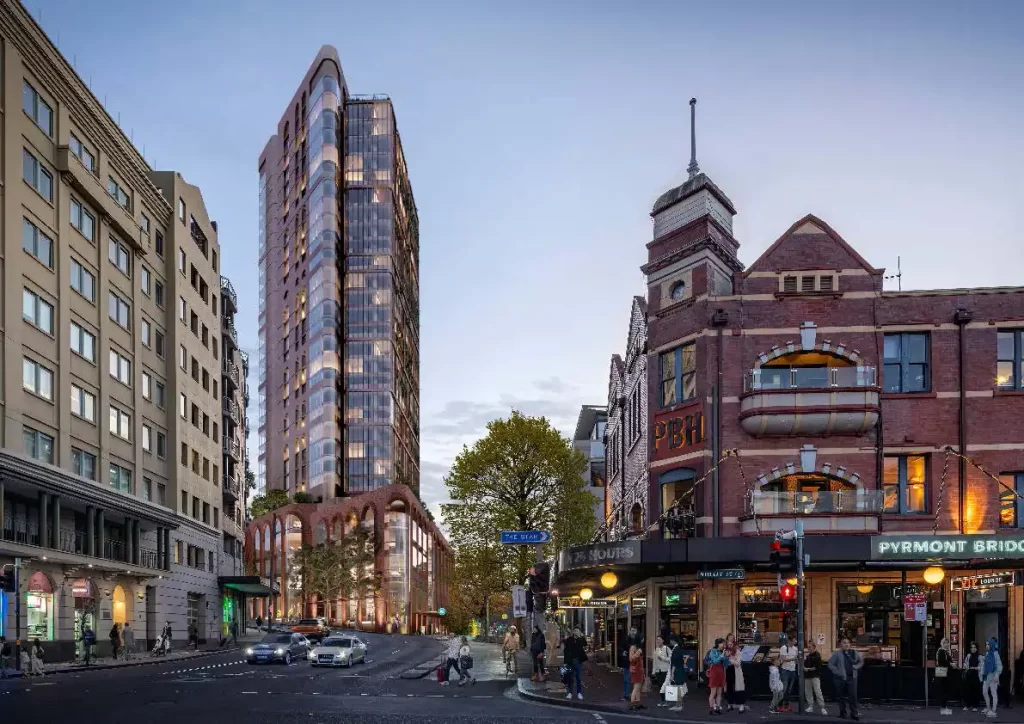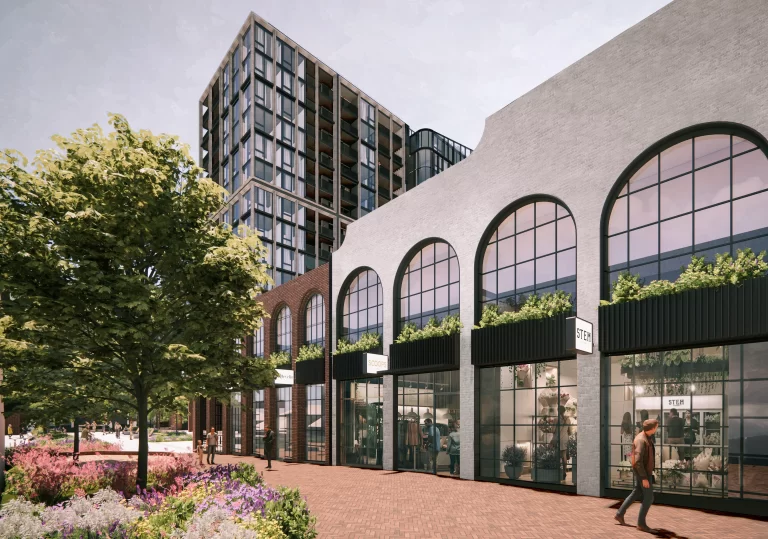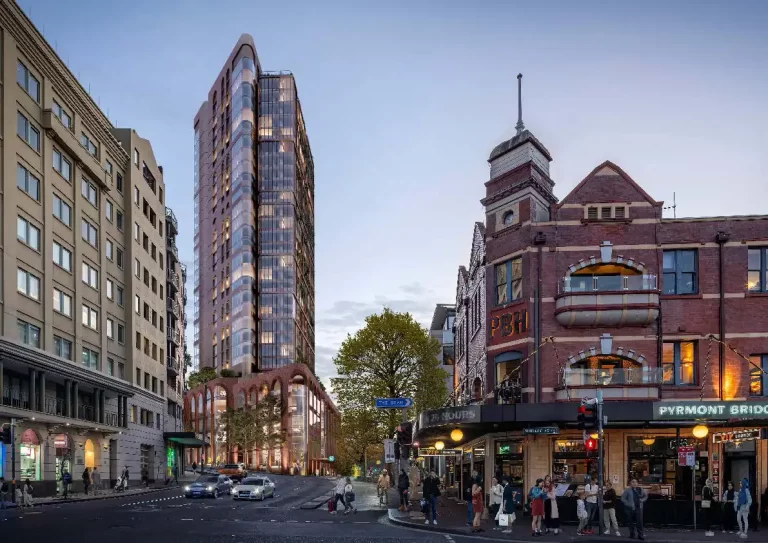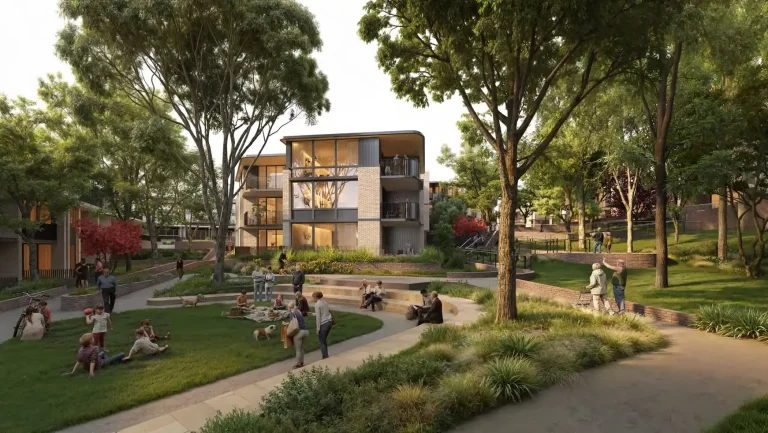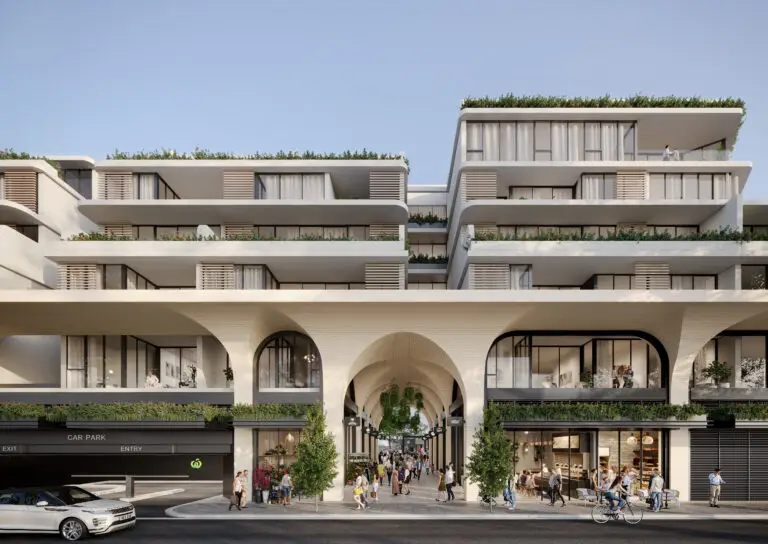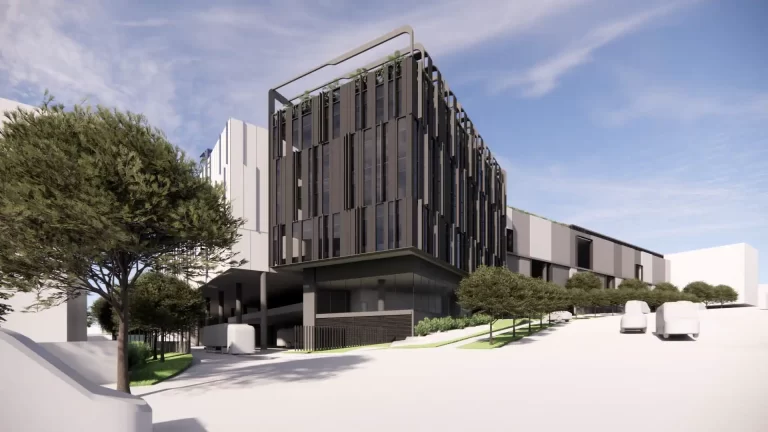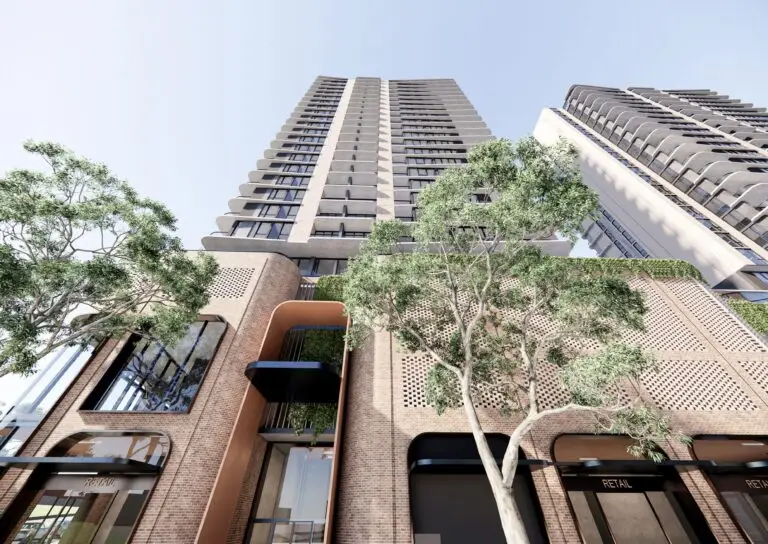NSW’s State Significant Development (SSD) pathway is used for large-scale projects that carry economic, environmental, or social significance to the state. These include major proposals across housing, education, infrastructure, energy, and industry.
Projects may be declared State Significant under the Environmental Planning and Assessment Act 1979 if they exceed specific thresholds or are listed in the State and Regional Development SEPP. The Department of Planning, Housing and Infrastructure assesses these developments through a consistent framework that includes public exhibition, agency consultation, and an Environmental Impact Statement (EIS), followed by determination by the NSW Government or Independent Planning Commission.
This page is a central resource for all SSDs determined in 2025. It lists each project by name, location, status, determination date, and sector.
Every entry includes a direct link to the official NSW Planning Portal project page. Where available, we also link to detailed reporting published on Urban Digest, offering deeper insights into key developments. Use the table below to browse, sort, or search projects by name, local government area, or sector.
| ID | Project | Date | Dev. Type | LGA | Decision | Article | Project Details |
|---|
Insights from the 2025 SSD Program
The 2025 State Significant Development data reveals priority areas in NSW planning — from housing and logistics to health and community infrastructure. It also highlights the councils experiencing the highest number of project approvals.
Development Types: Where Investment Is Concentrated
In-fill affordable housing led activity in 2025, with six approvals. This reflects a strategic focus on integrating affordable dwellings into established suburbs. These projects typically target underutilised land and aim to increase residential density near services and public transport.
Warehouse and distribution centres followed with four approved developments. This trend shows continued investment in logistics infrastructure, driven by e-commerce growth and evolving supply chain needs. Many of these projects are located within industrial zones close to major transport routes.
Two seniors housing projects were also approved, responding to the growing need for age-appropriate living options that support ageing in place.
Community infrastructure remained a focus, with two approved sports and recreation facilities. These aim to improve access to open space and support population wellbeing through active public environments.
The health sector recorded two approvals for hospitals and medical research facilities. These investments contribute to healthcare system resilience and respond to long-term demographic pressures.
LGAs with the Most SSD Approvals
Canterbury-Bankstown recorded the highest number of SSD approvals in 2025, with four projects. These included a mix of residential and industrial developments that align with the council’s urban renewal and employment objectives.
The City of Sydney followed with three approvals. As NSW’s capital, it continues to attract high-value and high-impact developments, particularly within the infrastructure and civic sectors.
Liverpool, Inner West, and the City of Canada Bay each recorded two approvals. These LGAs are key parts of Sydney’s growth strategy and are benefiting from decentralisation policies and targeted infrastructure funding.
Monthly Approval Patterns
April saw the highest number of SSD approvals in 2025, with 10 projects determined. This peak may align with internal government timelines or program-driven deadlines.
January and February followed, with six and seven approvals respectively. These early-year trends suggest strong throughput from assessment teams and alignment with the government’s planning cycle.
By comparison, March and May saw fewer approvals — three and four respectively. These dips may reflect the timing of public exhibition periods or the complexity of certain proposals.
Stay Updated on NSW SSD Activity
This page is updated regularly as new State Significant Developments are determined throughout 2025. Every entry in the SSD table includes a direct link to the official project page on the NSW Planning Portal, published by the Department of Planning, Housing and Infrastructure.
Where available, we also include links to in-depth reporting from Urban Digest. These articles explore individual projects in more detail — including design, planning controls, site context, and the project team.
To follow SSD activity across housing, infrastructure, and industrial development, explore our articles or subscribe to our newsletter. This resource will continue tracking NSW planning trends throughout the year.
